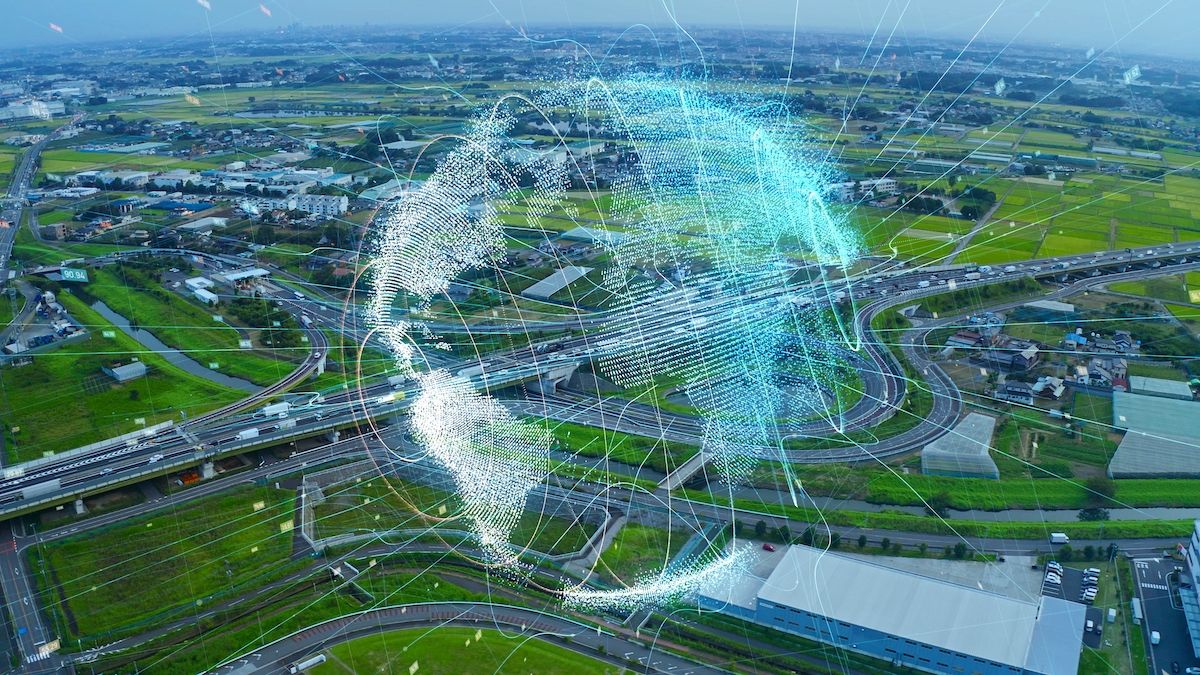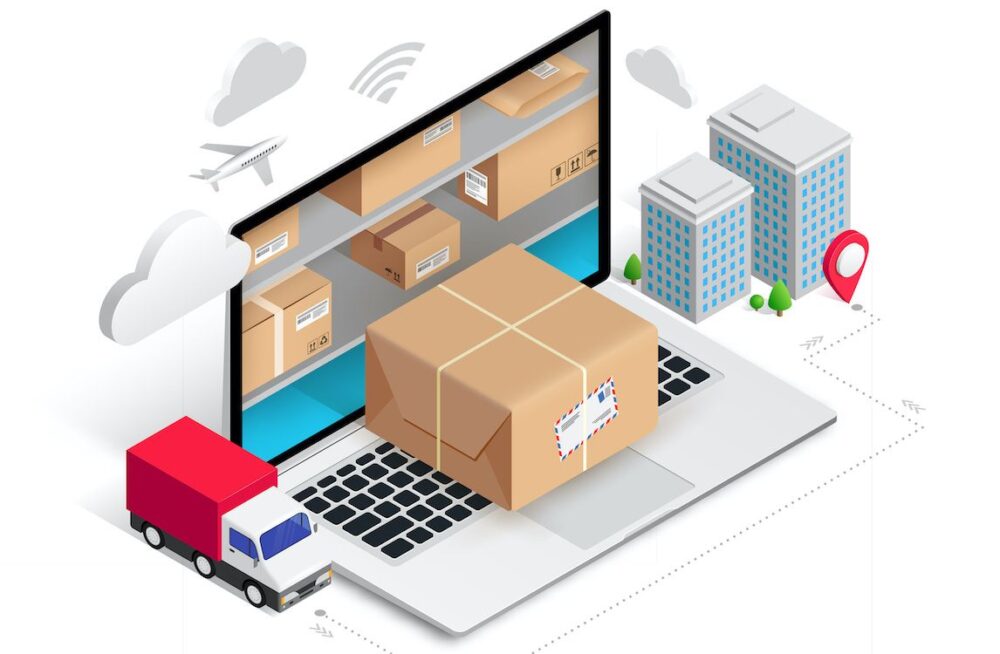In today's logistics, most companies have their own or dedicated distribution centres and transport services. They use transport routes on their own account which often imply inefficiencies as the ones mentioned above. The Physical Internet’s objective is to open up the existing infrastructure, assets and services to make them more usable and exploitable for all logistics companies in a seamless and efficient way as well as to develop models for cargo owners and shippers to pool their goods in the network assets, similarly that they do in a container ship.
Existing transshipment and distribution centres, roads, railways, waterways and airways services are now also digitally connected to each other. Logistics companies register transports needs from A to B through their service provider, which then automatically access to the best route in the fully networked services infrastructure.
The Physical Internet is as open as the internet: it offers access to everyone, independent of content, goods or people involved. However, there is a minimum level of organization on the internet. Committees such as ISOC, IAB, W3C or DENIC deal with various aspects, while companies and service providers operate the infrastructure. This concept will follow the same principle.
The role of Ports as key enablers
Ports, as key logistics nodes, will play a crucial role in this paradigm as major consolidation and deconsolidation centers, aggregating a massive variety of transport and logistics services easily accessible for end users. The challenge is to develop automated, standardised and connected processes and procedures in nodes from the logistics network (the Physical Internet). ALICE’s Roadmap, developed by the H2020 SENSE project, envisions different milestones or conversion of logistics nodes in smart components of the Physical Internet.

As a first step, nodes will evolve to increase their digitalization, gathering better information about inbound and outbound flows and leveraging opportunities for flows consolidation. They will also open new intermodal services and increase asset utilization, transport performance and infrastructure throughput.
Ports may act as trustees for the whole port ecosystem, facilitating collaboration to increase inbound/outbound transport load factors, decrease lead times, waiting times, manage traffic and reduce congestion around hubs supporting synchromodal services. Ports will become intelligent hubs that manage goods and flows in an extremely efficient way.
Ports are evolving their already well-developed Port Community Systems (PCS) and will soon provide a full visibility of all services provided by port community members in a digital manner, seamlessly accessible for their customers. Most of them are already creating their own Data Spaces beyond PCS to allow stakeholder interactions, like publishing capabilities and services for easy booking.
Companies and other organizations including port authorities will be interconnected and able to offer and share services and capabilities digitally, so smart transport and operative and transport routing decisions will be taken based on real-time traffic information and forecasting for all modes.
To achieve this, different developments need to be in place:
- Further standardization: modular boxes fitting with transport load units and containers.
- Standard processes and procedures for automated material and cargo handling/transhipment.
- Full visibility, accessibility and usability of node services enabled by information sharing capabilities and connectivity.
- Business and governance models supporting autonomous interactions and provision of nodal services facilitated by the ports.
 Physical Internet increase efficiency in goods transport. (Gettyimages)
Physical Internet increase efficiency in goods transport. (Gettyimages)
 Physical Internet increase efficiency in goods transport. (Gettyimages)
Physical Internet increase efficiency in goods transport. (Gettyimages)




